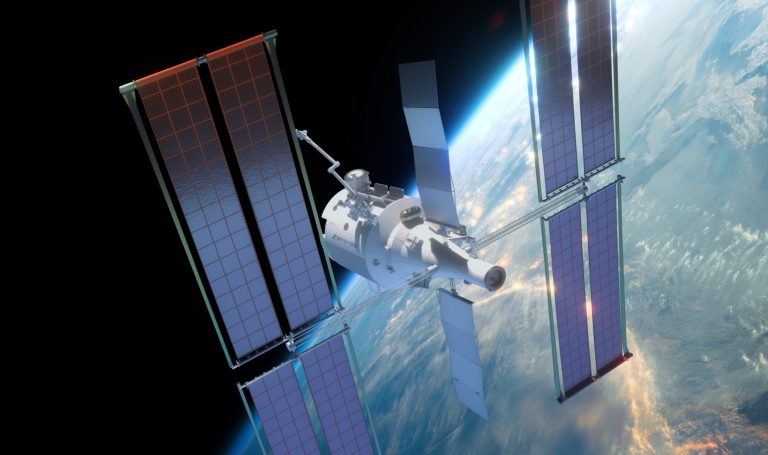WASHINGTON — Space and defense company Voyager Technologies has filed paperwork to go public, revealing details about the company’s finances and plans for its largest project.
Voyager filed a preliminary prospectus for its planned initial public offering (IPO) with the U.S. Securities and Exchange Commission May 16. The company previously confidentially filed plans for its IPO with the SEC.
The draft prospectus does not yet disclose how many shares the company plans to sell or the amount the company expects to raise in the IPO. It does, though, offer financial details about Voyager.
The company reported $144.2 million in revenue in 2024 and a net loss of $65.6 million, versus $136.1 million in revenue and a net loss of $25.2 million in 2023. The company also reported revenue of $34.5 million in the first quarter of 2025, and a net loss of $27.9 million.
The company, previously known as Voyager Space, rebranded as Voyager Technologies in January, around the time of its confidential IPO filing, to emphasize a focus on defense technologies. It said in its prospectus that its revenue was split 50-50 between its defense and space work in 2024, although defense work accounts for two-thirds of its revenue in the first quarter of this year.
The company’s largest single customer, though, is NASA, which accounted for a quarter of its revenue in 2024 and a fifth of its revenue in the first quarter of this year. Other major customers include Lockheed Martin, Airbus and the U.S. Air Force.
Voyager’s highest profile project is Starlab, a commercial space station. The company received a funded Space Act Agreement from NASA to support initial design work on the station, currently worth $217.5 million with $70.3 million yet to be paid. (Voyager said the agreement is not counted as revenue in its financial documents in accordance with generally accepted accounting principles.)
Starlab is now being developed by the Starlab Space joint venture, created by Voyager in 2023 as it brought in other partners to support work on the station. Voyager previously said it had a majority stake in the joint venture but did not disclose its size. According to the prospectus, as of the end of March Voyager held 67% of Starlab Space and Airbus Defence and Space 30.5%. The remainder was held by MDA Space, Mitsubishi and Palantir.
The NASA award covers only initial work on Starlab, and the company will have to compete for a second phase of NASA’s Commercial Low Earth Orbit Development program that will offer additional funding for station development. Voyager revealed in the prospectus that it projects Starlab to cost $2.8 billion to $3.3 billion to develop.
In addition to NASA funding, Voyager said it expects to fund Starlab through customers making advance payments for use of the station as well as equity and project-based financing.
Starlab is planned to launch in 2029, with the entire station deployed on a single SpaceX Starship launch. Voyager said it many later add modules to Starlab or deploy additional stations, projecting that Starlab will be core to the company’s finances.
“With an estimated useful life of thirty years, we anticipate Starlab will have an infrastructure-like financial profile and will generate a significant portion of our revenue, profitability and cash flows once launched and fully operational,” the company stated.
The prospectus also revealed another acquisition by Voyager. The company disclosed that on May 2 it acquired Optical Physics Company for $10.7 million in cash and stock. The company develops star trackers and other optical systems for space applications. Voyager said it will incorporate Optical Physics Company into its defense and national security business unit “and was a strategic acquisition for program integration.”

